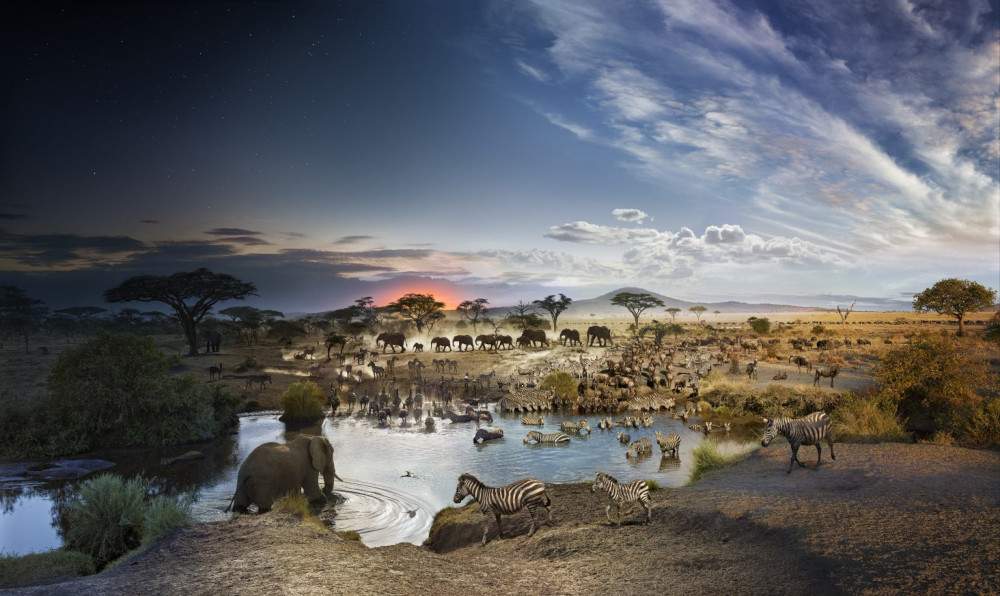Blue Palace dedicates an exhibition to Planet Earth and man's impact on its health
Palazzo Blu in Pisa will soon host National Geographic ’s new exhibition for the Explore cycle, which will be open to the public from April 7 to June 25, 2023. After On the Moon and Beyond and Oceans, the Last Frontier, the third project is Explore. Planet Earth, curated by Marco Cattaneo, director of National Geographic Italy.
The exhibition will revolve around theexploration of the landmass, what we have discovered about our planet, the variety of animals that inhabit it, ecosystems and theimpact of humans on the health of the environment.
The goal of the exhibition is to depict the history of the Earth and its transformations, to tell the extraordinary diversity of the world around us and its vulnerability. The Earth has become the planet of man, who has colonized every corner of it, shaping it in his image and likeness. We have learned to know every aspect of it and to exploit its resources. Today, however, with 8 billion human beings, man’s impact on the planet is disruptive. Every year more renewable resources are consumed than the Earth can produce. Every year natural habitats are reduced because of the need for agricultural land, raw materials, and energy. All this comes at a price, which is too high today. So more environmentally friendly solutions must be found if we are to hand over to future generations a planet that can still offer resources and opportunities.
The exhibition tour begins with photos from Stephen Wilkes’ day-to-night work, in which different subjects are shot from the same location for thousands of shots over twenty-four hours. It continues with images of natural environments, from the Grand Canyon to the Serengeti, and images of human or man-made environments, from New York to the endless tulip fields in Holland. It continues with the geological history of the planet and what the layers that emerge from the Earth’s folds tell us, from fossils to the slow evolution of life.
This exhibition is intended as an opportunity to take visitors to the most unique and fascinating environments on the planet, from the most torrid deserts to the most inextricable forests, but also to witness the majestic spectacle of nature in its extreme beauty as well as in the terrifying power of its most violent events. Animals and their evolution are a major part of the journey. From those we all know, to the more unique and vulnerable ones that are disappearing with the sixth great extinction.
One section of the exhibition is precisely dedicated to extinctions, in a paleontological key with material finds and in a modern key, through images and examples of recent extinctions, in which man has played his part.
In the exhibition itinerary we meet the ancestors - Neanderthals, Denisova - and the stages of man’s culture, from Göbekli Tepe to Stonehenge. Also endless metropolises, cathedrals in the desert, abandoned places, felled forests, mines and landfills. To touch the human impact on the planet, the savage exploitation of resources, the devastation of entire regions.
The exhibition concludes with a positive message: a series of images that tell the story of the tools we can, or rather, must use to restore a healthy relationship with the environment, to deliver to the next generations a world that is no longer on the brink of the precipice.
Image: Serengeti National Park, Tanzania, Day to Night™, 2015 © Stephen Wilkes
 |
| Blue Palace dedicates an exhibition to Planet Earth and man's impact on its health |
Warning: the translation into English of the original Italian article was created using automatic tools. We undertake to review all articles, but we do not guarantee the total absence of inaccuracies in the translation due to the program. You can find the original by clicking on the ITA button. If you find any mistake,please contact us.





























